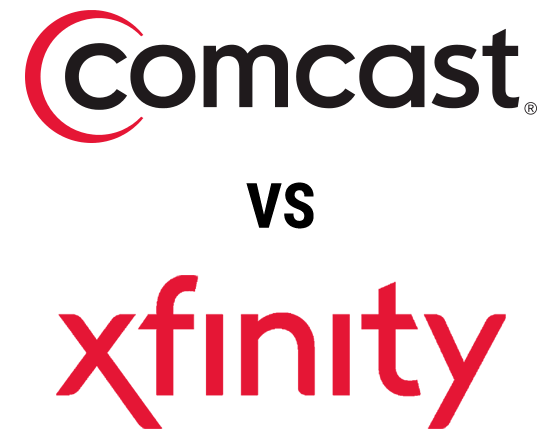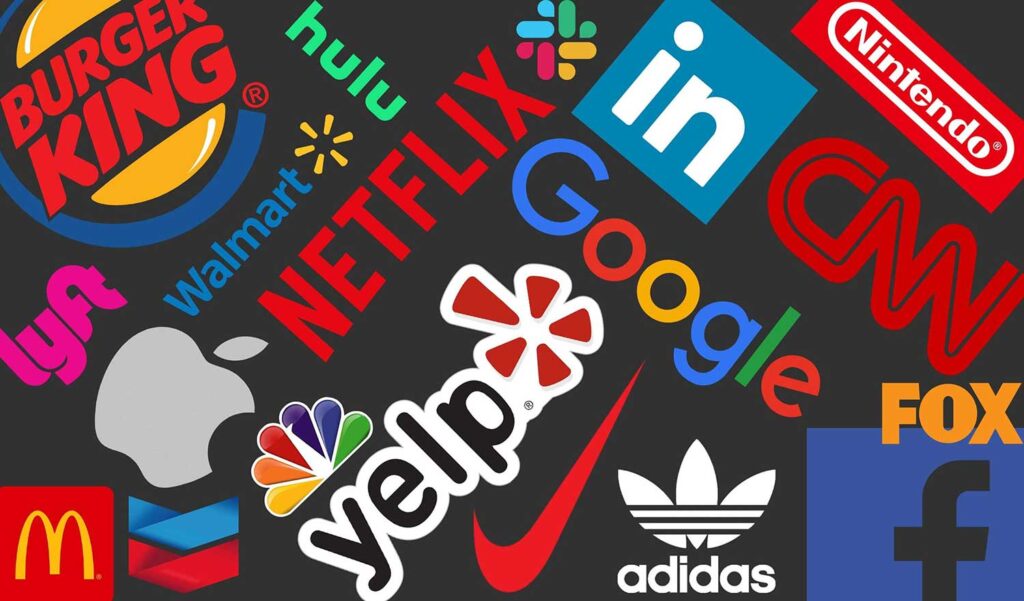What is a brand, when you really think about it? A few professional ex-colleagues I know often think of a brand as the visual assets that represent the company – such as the logo they use, or the color palette they identify with, or a brand/style guide. Strangely enough, both of them worked for the same creative agency. Their answer is wrong.
It’s true that these are components of a brand (a visual brand identity)… and for some companies, this might be the only effort they’re actively willing to dedicate to branding. But a logo does not begin to encapsulate what a brand is, let alone how important it is to a company’s success.
Your brand is the total sum of the experiences that customers have with your business, both positive and negative.
Since every interaction a customer has counts as an experience, this could mean they saw a billboard, or heard about you through a friend, or noticed an ad online. Maybe they looked at your account on Instagram or Facebook (or another social media platform). They visited your website. They walked into your store and talked to one of your employees.
Customers are interacting with your brand any time they hear about it, see it, talk about it, talk to your employees, or anything else that makes them aware of your company in general. The more you can affect those interactions positively, the more powerful your brand strategy becomes.
Define what your brand stands for, its core values and tone of voice, and then communicate consistently in those terms.
Simon Mainwaring
Unfortunately, your bigger competitors have already probably realized this – and it’s a large part of the reason they’re as successful as they are. That’s why it’s so critical to find ways to differentiate yourself from them. But how do you do that?
Let’s take a look at three of the most effective tips for using brand design to transform your business:
- Figure out who you’re selling to If you’re working with a branding agency, or just getting started with branding on your own, the first thing you want to do is figure out who you’re selling to. It’s important to understand the market you’re in, and part of that is understanding your target audience. The best way to do this is to create customer personas for the demographics that’ll want to buy what you’re selling.
I’ve worked with clients and small businesses who believe very firmly that developing customer personas is a complete waste of time – mainly because they think that they can develop a selling strategy that targets everyone, not just the people who are most likely to buy. It’s a mistake to think this way. The more you know about your target audience, the more you can focus on giving them an amazing experience.
Don’t try to sell to everyone. Tailor your brand and buying experience to the demographics that are most interested in your product.
If you’d like more insight into developing user personas and customer journeys, I wrote another blog post on it recently and would love some feedback! Check it out here: A Guide to Customer Journey Maps. - Find your unique voice What makes your company unique? Why should someone buy from you instead of one of your competitors? Figuring this out will help you understand how to communicate with your target audience.
You want to think about things like:- Why did you start the company? What problem is it trying to solve?
- What makes you unique?
- What’s your mission statement? Your value statement? Your BHAG?
- Who are you talking to? (user personas help here)
- What three words would you use to describe your company, service, or product?
- How can you form an emotional connection with your customers?
This can also tie into your differentiator. Let’s look at Dollar Shave Club, for example. Their voice is one of an archetypical “dude” – an 18 to 30 something guy. What does that guy care about? He wants to get outdoors and go camping, or play a game of pick-up football. Or head to the office for a big presentation. No matter what he’s doing, though, he’s usually moving fast and doesn’t want to sit around wasting time.
Dollar Shave Club leveraged this when they built their brand persona, and their marketing materials reflect it.
- Level up your Customer Experience (and support) I mentioned this above, but it bears repeating. Every time a customer interacts with your brand, you want them to have an amazing experience. It’s great to provide support to your customers after they buy, but if you really want them raving about you, try to exceed their expectations with every encounter.
Remember when Comcast became Xfinity? Do you know why that happened? I was talking about this with a few friends recently and I was surprised that no-one knew. “Uh, because they got acquired?” was the best (wrong) response I got. No, friends. Comcast rebranded as Xfinity because they had a terrible reputation. Really, really terrible. So bad that they couldn’t fix it – because their style of customer support bred resentment, frustration, and sometimes, even anger. It also made it clear that Comcast didn’t care much about giving their customers a positive or engaging experience. Support was something that had to be done to fulfill an obligation, instead of being a tool they used to actually help.
No, friends. Comcast rebranded as Xfinity because they had a terrible reputation. Really, really terrible. So bad that they couldn’t fix it – because their style of customer support bred resentment, frustration, and sometimes, even anger. It also made it clear that Comcast didn’t care much about giving their customers a positive or engaging experience. Support was something that had to be done to fulfill an obligation, instead of being a tool they used to actually help.
Back when I was a customer, they seemed to hire relatively untrained people to read from scripts – about the least authentic experience anyone could ask for. If you ever had to call them because that demonic light on the modem wouldn’t stay lit (you know what I’m talking about), you were in for a solid hour of repetitive hair-pulling steps designed to piss you off and get you off the phone as quickly as possible. Often, without a solution.
By all accounts, Comcast successfully rebranded as Xfinity and achieved their goal of largely reversing the negative opinions of them as a company. Temporarily. The problem is, they didn’t appear to fix any of the systemic problems with their support model, so Xfinity is starting to suffer from some of the same problems that Comcast did – namely, negative reviews and a reputation as a company that doesn’t care about its customers.
Conclusion
This post covers a few high-level concepts that can help you take your brand to the next level. Remember, it’s all about individuality, and speaking with an honest voice.
Read more about the power of intentional, creative UX design in our latest blog post: 3 Tips To Creating an Effective eCommerce Website Design.

